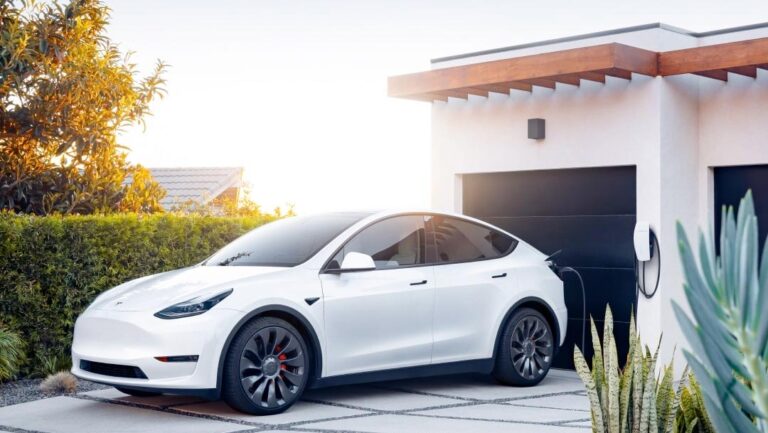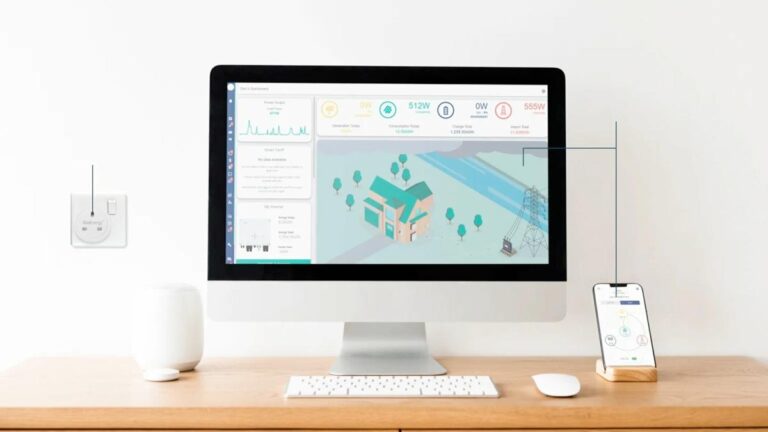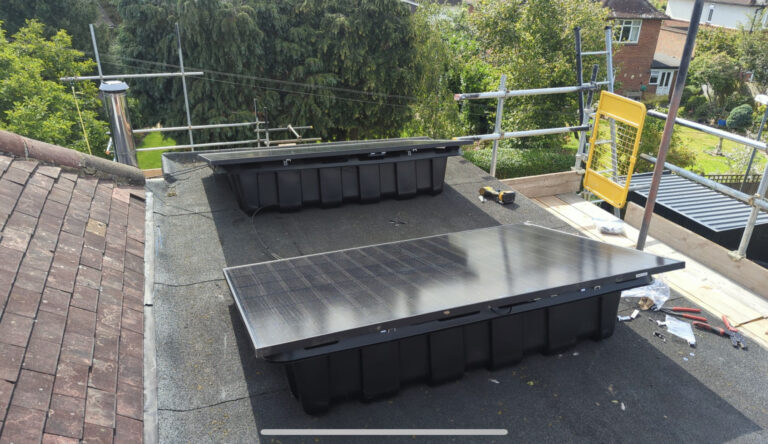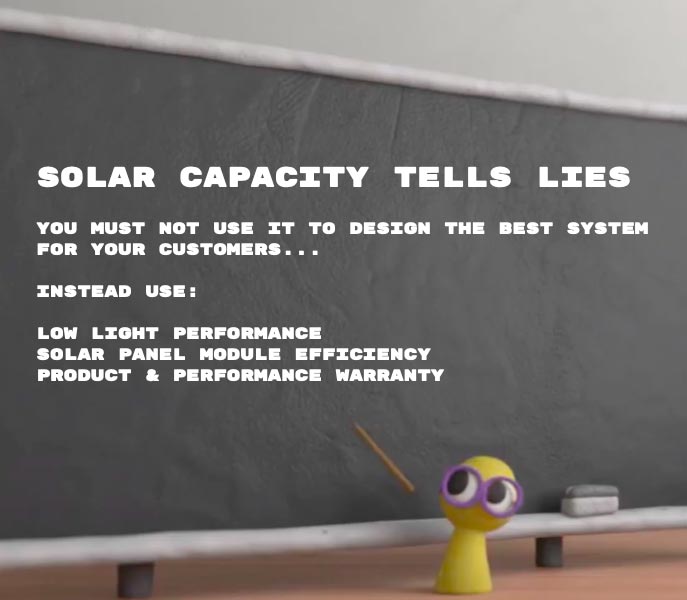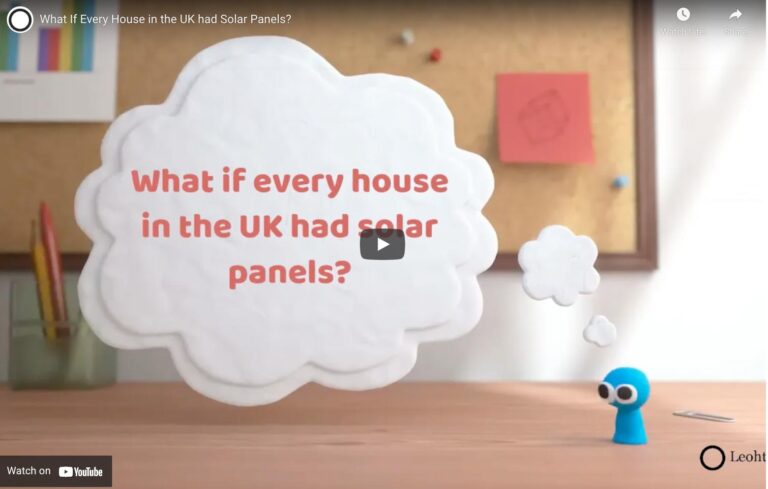Your solar panel savings come in two parts
Self-consumption of solar generated energy, reducing the amount of electricity you have to buy from the grid.
Smart Export Guarantee – units of electricity that you do not consume or store in a battery are exported to the national grid. For each unit your utility will pay you a Smart Export payment – these vary between suppliers, typically range between 3.5p – 5.5p/kWh.
The Microgeneration Certification Scheme (MCS) the industry regulator – requires each solar panel installer to perform the same calculation to assess potential solar generation and savings.
(Annual Solar Generation = Solar Capacity x Irradiance (provided by MCS) x Shade factor)
Based on your expected generation, your electricity usage and usage archetype, MCS has produced a set of tables to calculate your expected level of self-consumption with and without a battery.
Downloads
Using these two figures provided by the regulator MCS, we can estimate your savings. The solar energy not consumed will be exported and earn the Smart Export Guarantee.
You can increase your savings further by moving your electricity consumption to try to consume as much of the energy generated from your solar array as possible. For example, by moving usage into daylight hours, using the washing machine in the day rather than at night or when the battery is charged.
How to increase your savings from solar and battery storage by up to 50% by changing just one setting on your hybrid inverter.
*Requires a smart meter, a time of use tariff, a time-charging capable hybrid inverter and a battery.
Time of use tariffs will become more and more popular as the smart meter roll out continues. Octopus have a tariff called Octopus Go whereby you can charge your electric car or solar batteries at night (00.30 – 04.30) for 7.5p/kWh compared to day usage of 31p/kWh.
Therefore saving 23.5p per kWh.
A 10 kWh battery could save £2.35 per day (10 x 23.5p) or £857.75 per year on top of the savings from your solar and battery storage installation.
Please note: This is more applicable to homes with higher electricity usage (perfect for heat pumps),not every home will be able to use the extra 10 kWh per day, especially during the summer when your solar array is providing a lot more energy.
In many cases, your solar and battery storage installation will cover your electricity usage during the summer months. In which case you may make time of use savings for 275 days rather than 365 for example.


